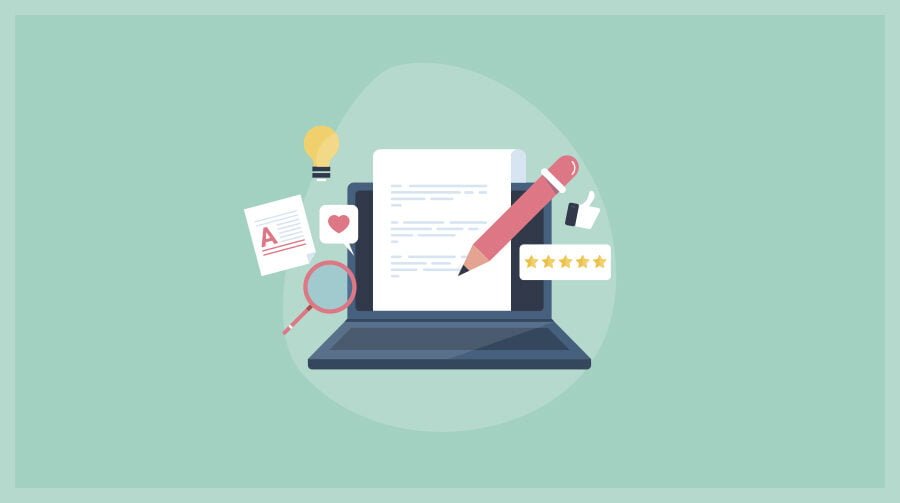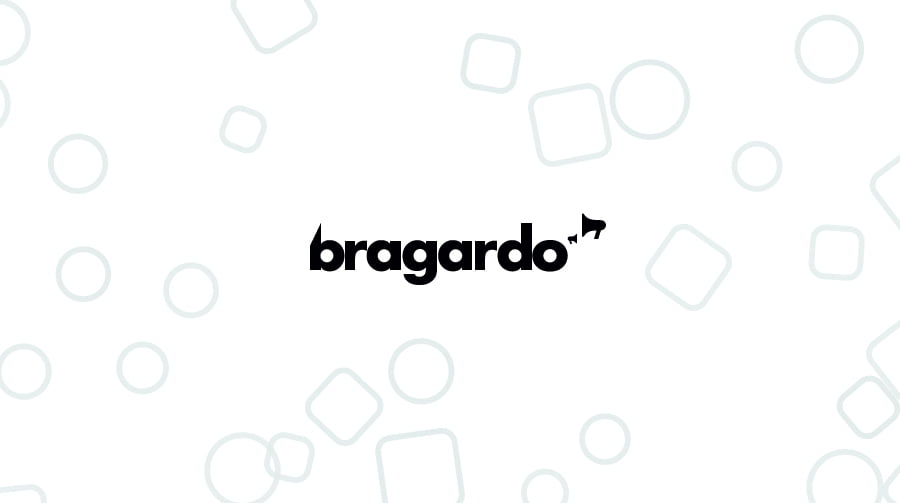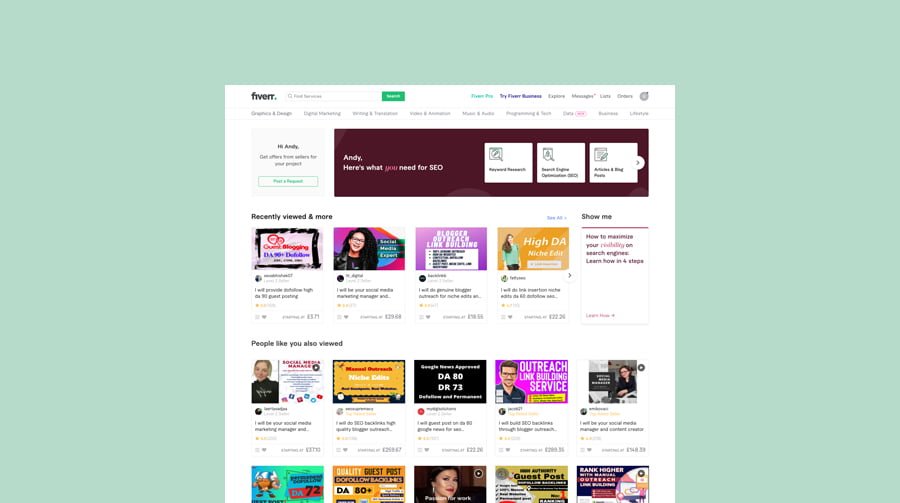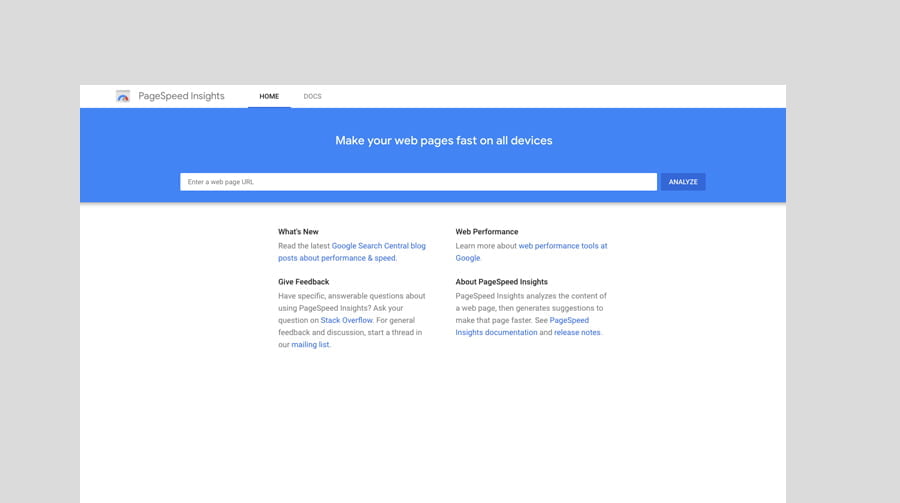
Blogging has exploded in recent years, with over 600 million blogs currently active on the internet. It’s become easier for people to start making money blogging with lots of free services such as WordPress, Wix and Squarespace and even get their server setup and WordPress installed.
It doesn’t matter if you are starting a personal blog or a business blog. In just a few clicks, anyone who can turn on a pc and write on a keyboard can start a blog and make money in 2021.
To start a successful blog and start generating revenue in the process, all you need to do is follow some easy blogging steps.
But, before we get started, take a watch of this Ted Talk video. Angela Lee Duckworth tries to measure what determined success in high school students as they progressed… the result was surprising because it had nothing to do with IQ.
Will starting your own blog be easy? Absolutely not but, good things come to those who work for it. Grit and determination are needed to be a successful blogger that makes money online.
1. Choose a Blogging Niche
One of the biggest problems I encounter when browsing various subreddits and social media groups is that people lose direction and run out of steam not long after starting their new online blog. Often, it’s because they failed to choose a blogging niche and lack the content structure and planning to keep the momentum going.
Another benefit to choosing a blogging niche and doing the correct research that goes along with it is that you can ensure your niche is profitable and that you can make money blogging from it while also providing yourself with a boundary to write within.
2. Brainstorm a Brand Name for Your Blog

Your brand name will stay with you for the life of your blog. So don’t rush in and take the first one you think of. Take your time and ask yourself some simple branding questions to give yourself a head start.
Brandname Brainstorming Questions
- What are your strengths?
- What are your brands core values?
- Think of Verbs that relate to your business
- Think of Nouns also
Simple questions, right? That’s because, at its core, branding is 95% planning. With everything written down, it will make it easy to try different brand names for your blog.
Learn how to choose a brand name for your business
3. Buy Your Blogs Website Domain Name

Before you settle on a brand name and do any other steps listed below, you need to make sure no one else has taken your brand name URL or owns any trademarks for it.
There are lots of services you can use, such as GoDaddy, TSOhost and Bluehost, to check if your chosen domain is available or not.
How to check if a domain is available
- Go to GoDaddy Domain Name Search
- Enter your desired domain name
- Hit Enter
Once the search has completed, it will tell you if your domain name has been taken already or not. If it is not, they will give you the option to purchase it for a recurring yearly fee.
4. Get a Brand Logo Designed

Every successful blog needs a high-quality logo. Your logo or ‘trademark’ as it is known in the industry is a core identifying feature for your new brand.
If you already know your way around Adobe Illustrator, then you could design a logo yourself but, if you don’t have the skill-set, then you could get some logo concept designed on websites like fiverr.com.
Fiverr is a marketplace for a variety of digital services such as marketing, SEO and graphic design. You could have several logo designs to choose from in a short space of time for a reasonable price. For those on a budget, it’s a great way to add some professional appeal to your new blog for a relatively small investment.
5. Setup & Install Your Blog on WordPress
There are a lot of ways you can get yourself a blog. You could use a website builder service such as Wix or Squarespace but, a successful blog will run their own server and host their own WordPress installation.
Any hosting provider that provides cPanel functionality such as GoDaddy will allow you to set up some server space, buy a domain and install WordPress with a few simple clicks. Web hosting services like these are a great solution for those that are not so tech-savvy.
For those that don’t mind the challenge (yes, I am looking at you), then you can take a look at my Digital Ocean guide to Installing WordPress. It takes a little lifting, but the result is a blazing fast website that just cannot be achieved on shared web hosting platforms.
This blog is hosted on Digital Ocean and costs me $10 per month. I had to put a little time into the initial setup, but it’s been hands-off since.
6. Choose a WordPress Blogging Theme

If you launched your website with the default WordPress theme, then it wouldn’t be tailored to your profitable blogging niche. To get yourself even more professional appeal and help you stand out, you need to find yourself a WordPress theme that suits your topic and audience.
There are plenty of free WordPress themes out there but are often limited with functionality or encourage you to buy their pro versions.
I personally don’t recommend using free themes because of the potential security risks with installing code that has not been verified. I personally buy all my themes from ThemeForest by Envato. They have a rigorous vetting process for all themes and reasonable prices that don’t require a yearly subscription.
7. Optimise Your Blog for SEO

Search engine optimisation (SEO) is where you will take things that step further than everyone else on Facebook currently starting their own blog. To get traffic to your website, you need to make sure your blogs onsite SEO and Page Experience is executed to perfection.
Onsite WordPress SEO Key Points
- Website Must be Fast across all Pages
- Images must be served in next gen formats
- HTML, Javascript & CSS must be minified
- Local browser caching enabled
- Asset compression
- Rich Schema Markup
Don’t worry if these terms all sound like voodoo right now. I recently wrote The ultimate guide to WordPress optimisation which goes over every aspect of optimisation so you can take control and get your website ready for search.
8. Start writing articles
Pat yourself on the back. You just saved yourself a huge amount of money and learned a lot in the process. You now have a great base to build from. Now it is time to start writing articles for your new WordPress blog.
By choosing a blogging niche, you gave yourself a framework to write within, but it can sometimes be challenging to write and produce content we are happy with.
Your first post may suck. That's fine. Keep at it. The more repetition, the better you'll get.
— Chris Lema (@chrislema) May 24, 2021
as @chrislema says, your first post may suck! So, don’t be too hard on yourself when you first start. Practice makes perfect. The more you do something, the easier it becomes.
Learning to leverage digital marketing, search engine optimisation (SEO) and social media marketing (SMM) is a great way to promote your new blog online, become an authority in your niche and generate more traffic to your website.
Where are you in your blogging journey right now? I’d love to hear in the comments.
